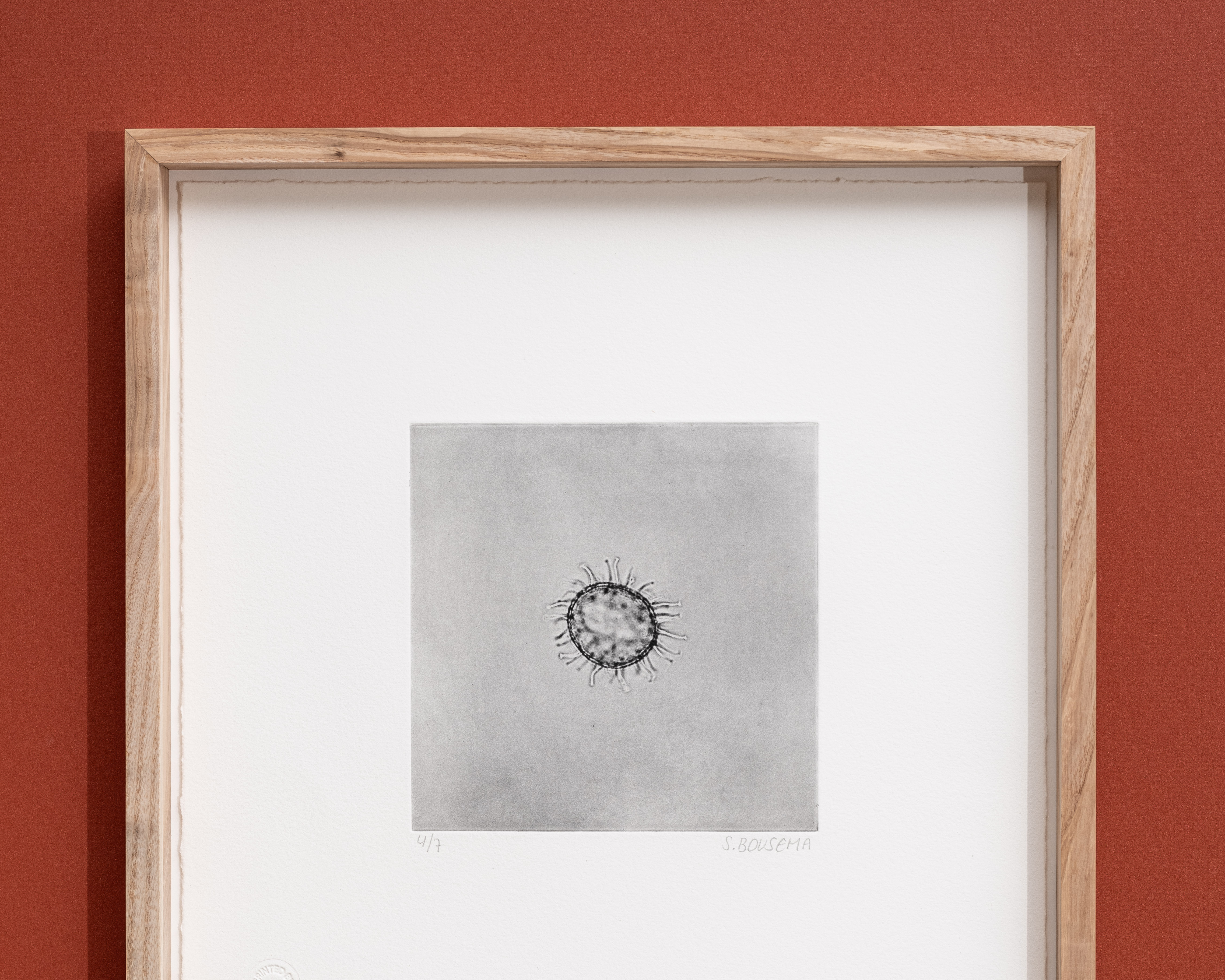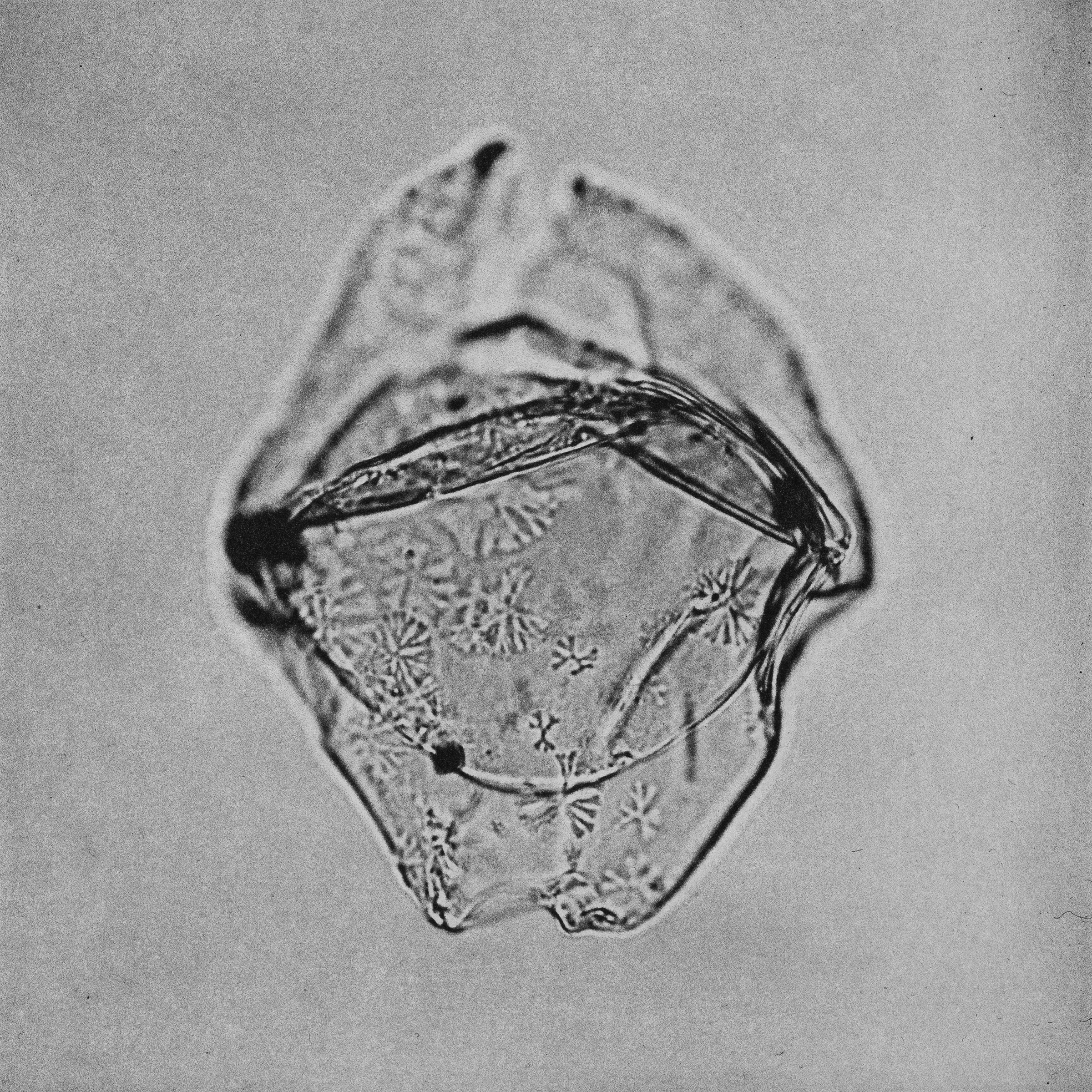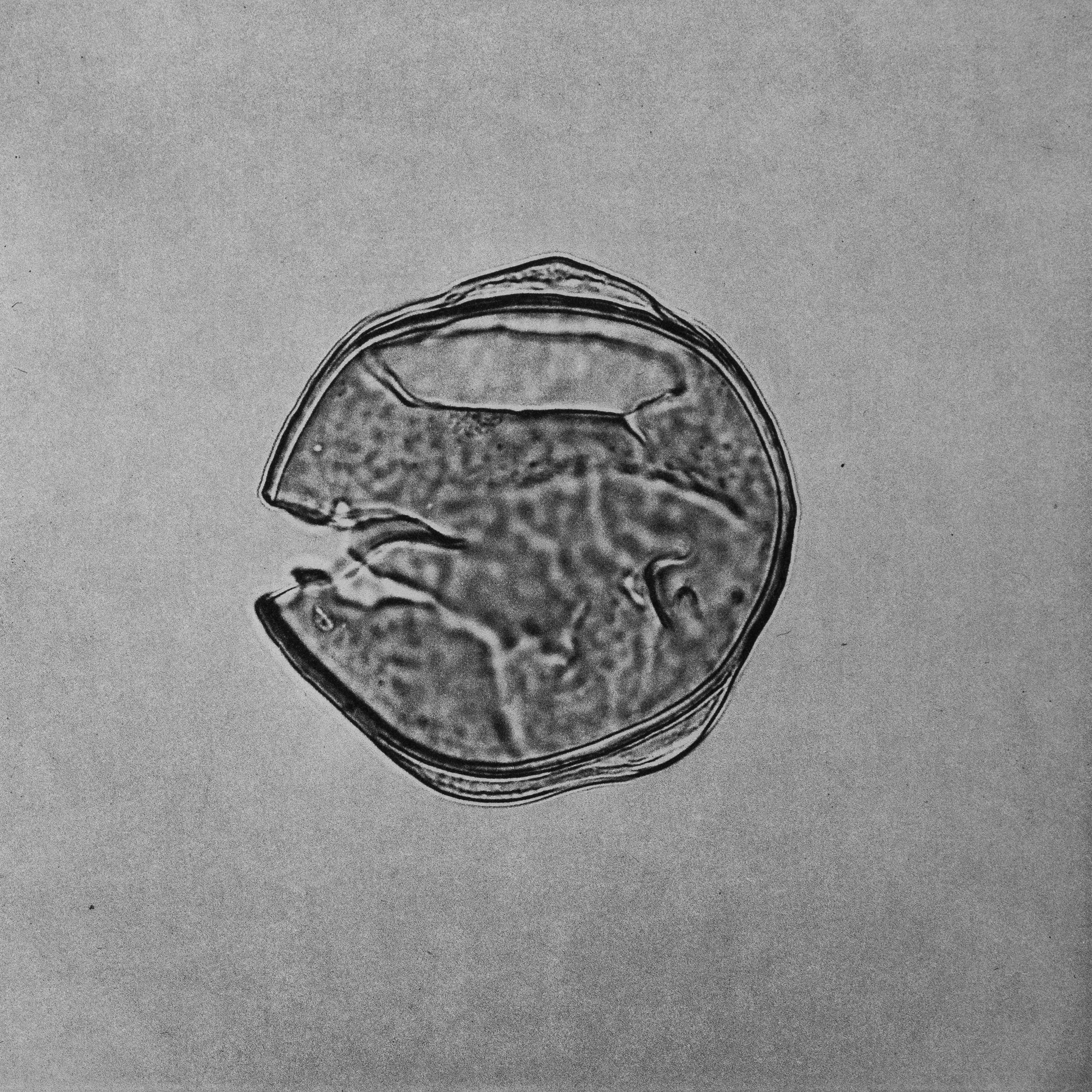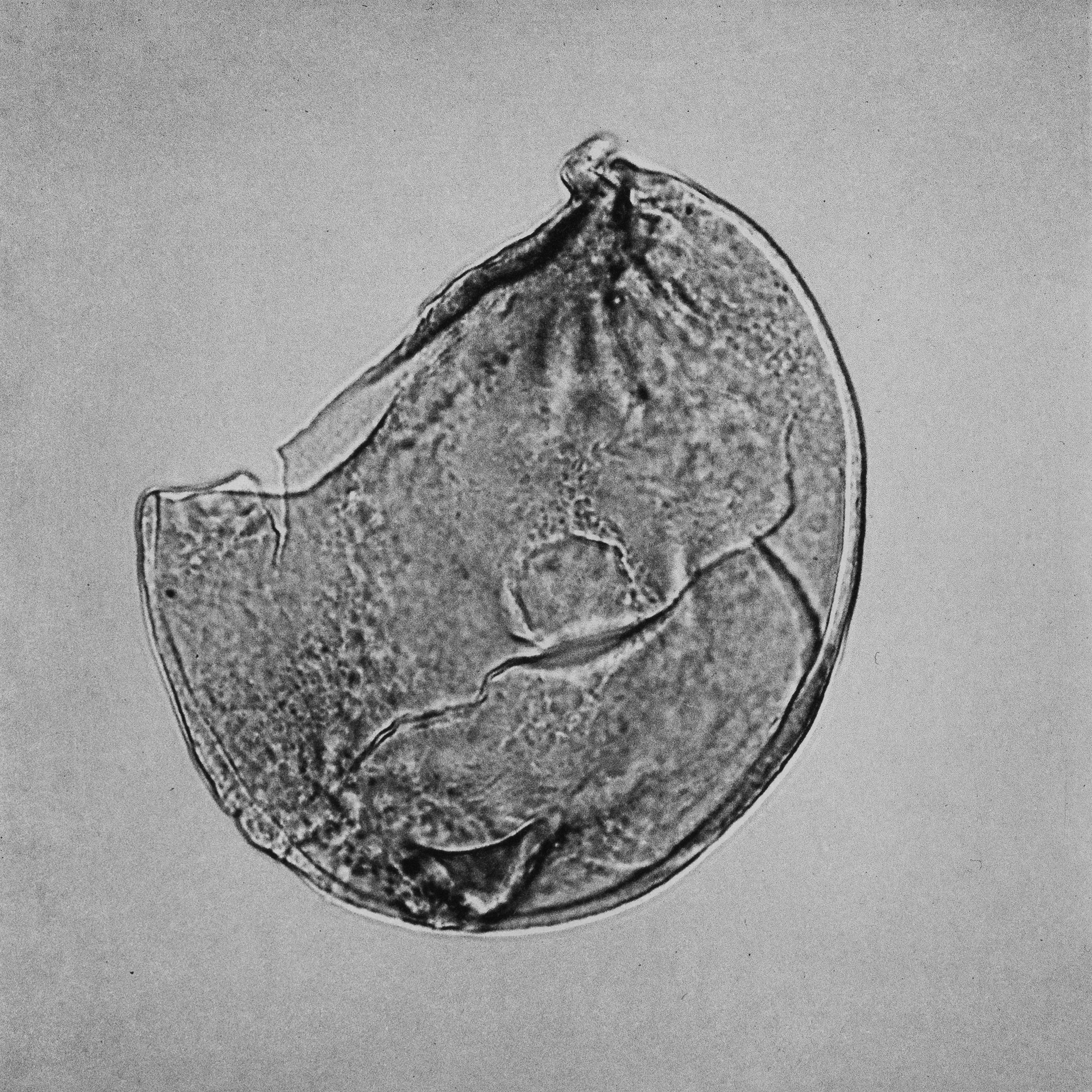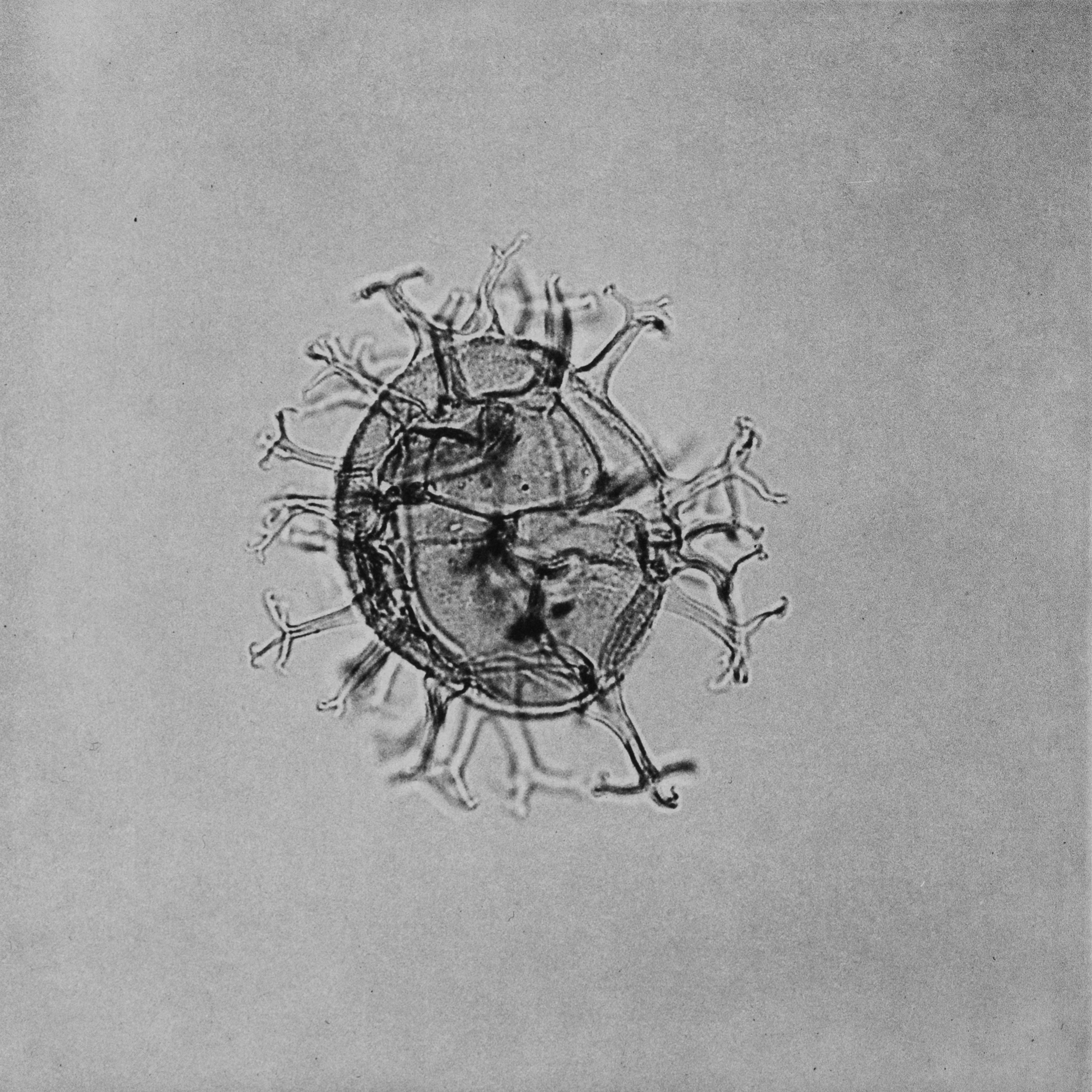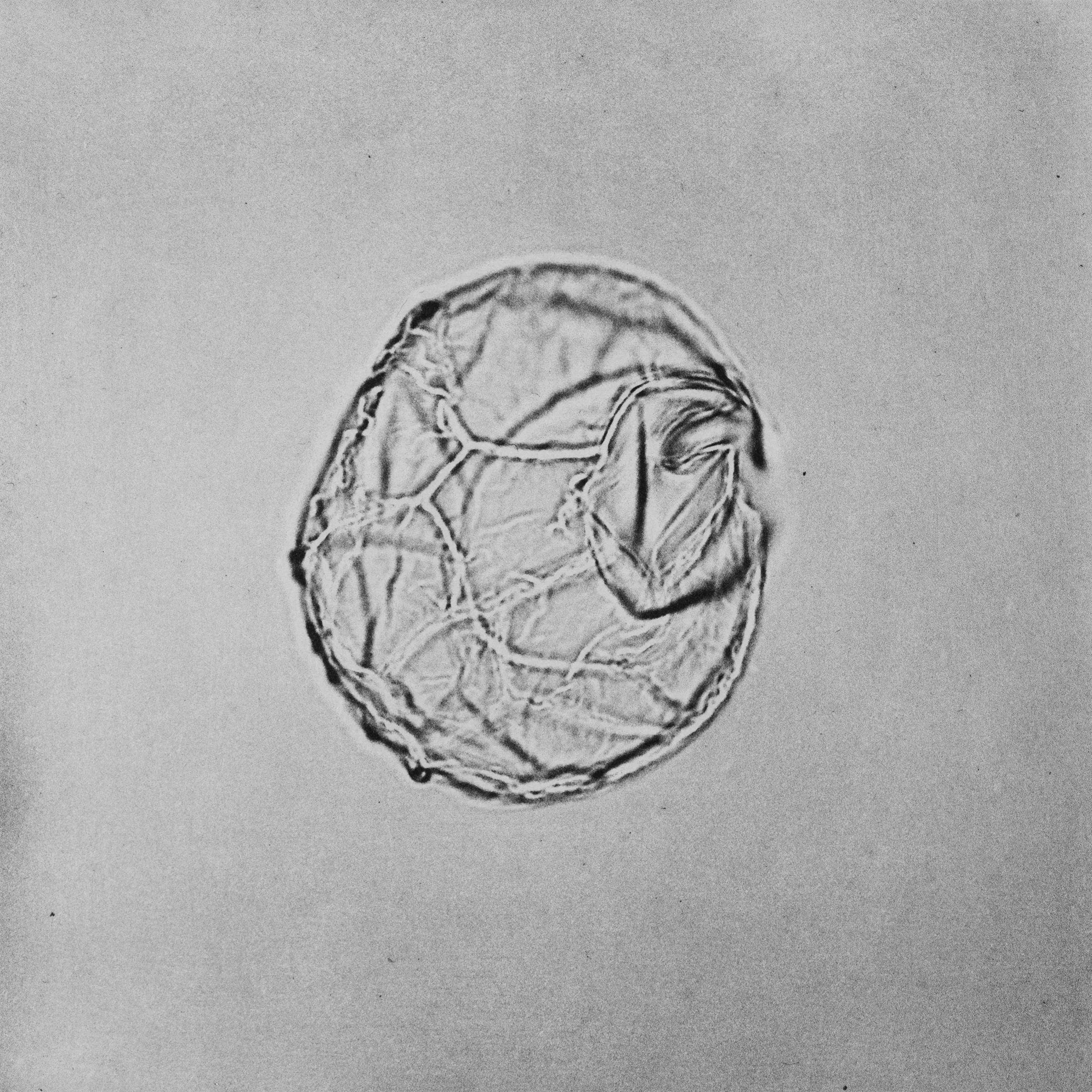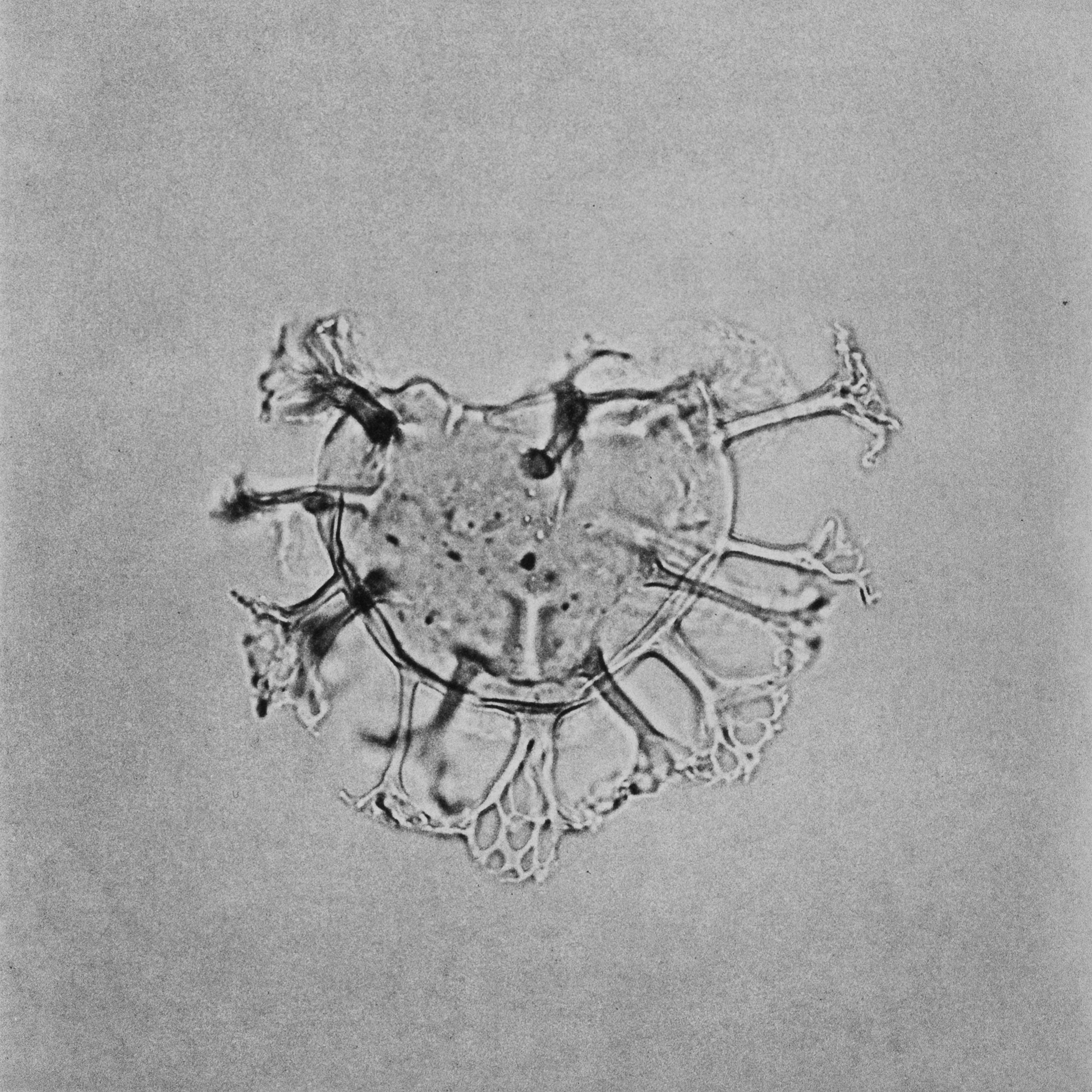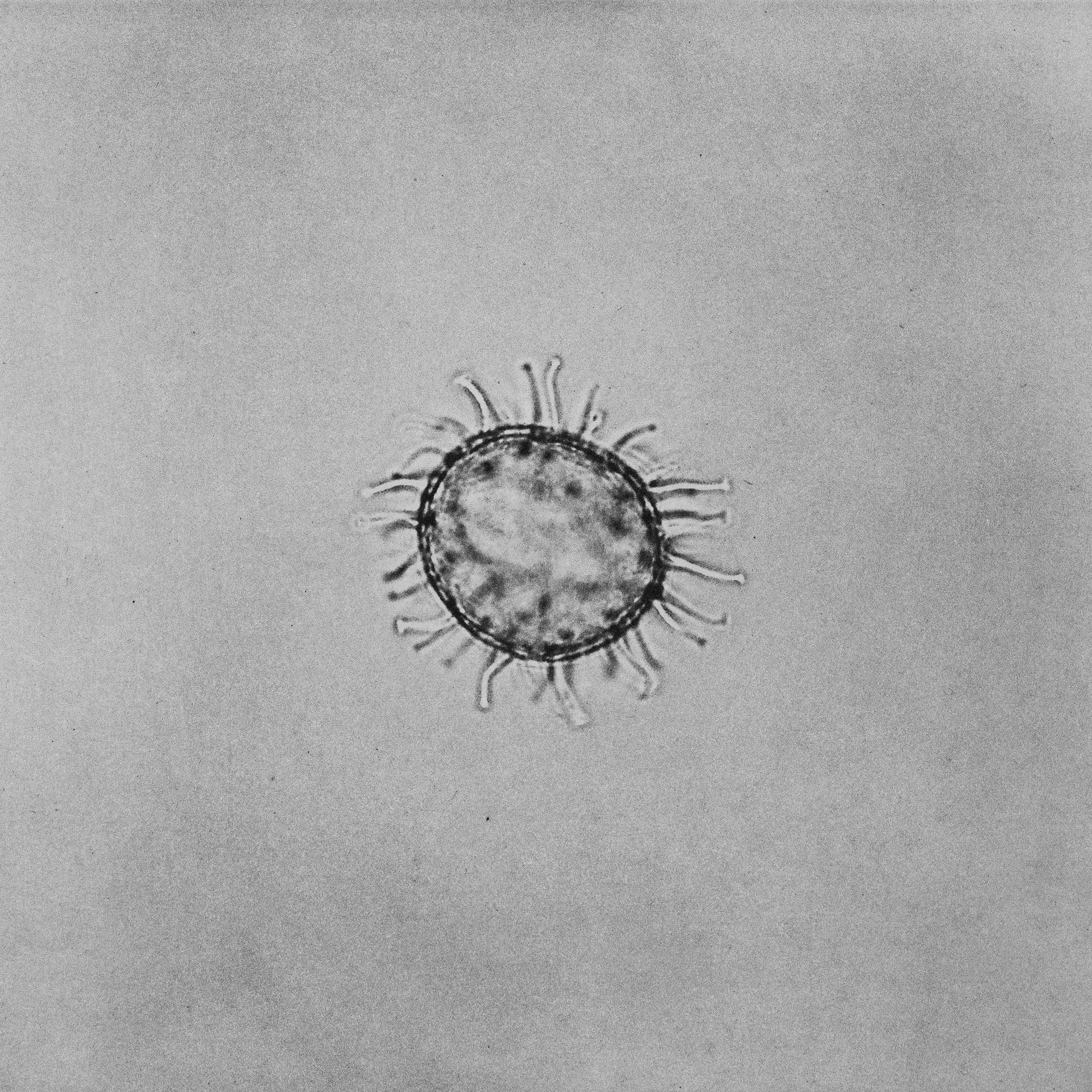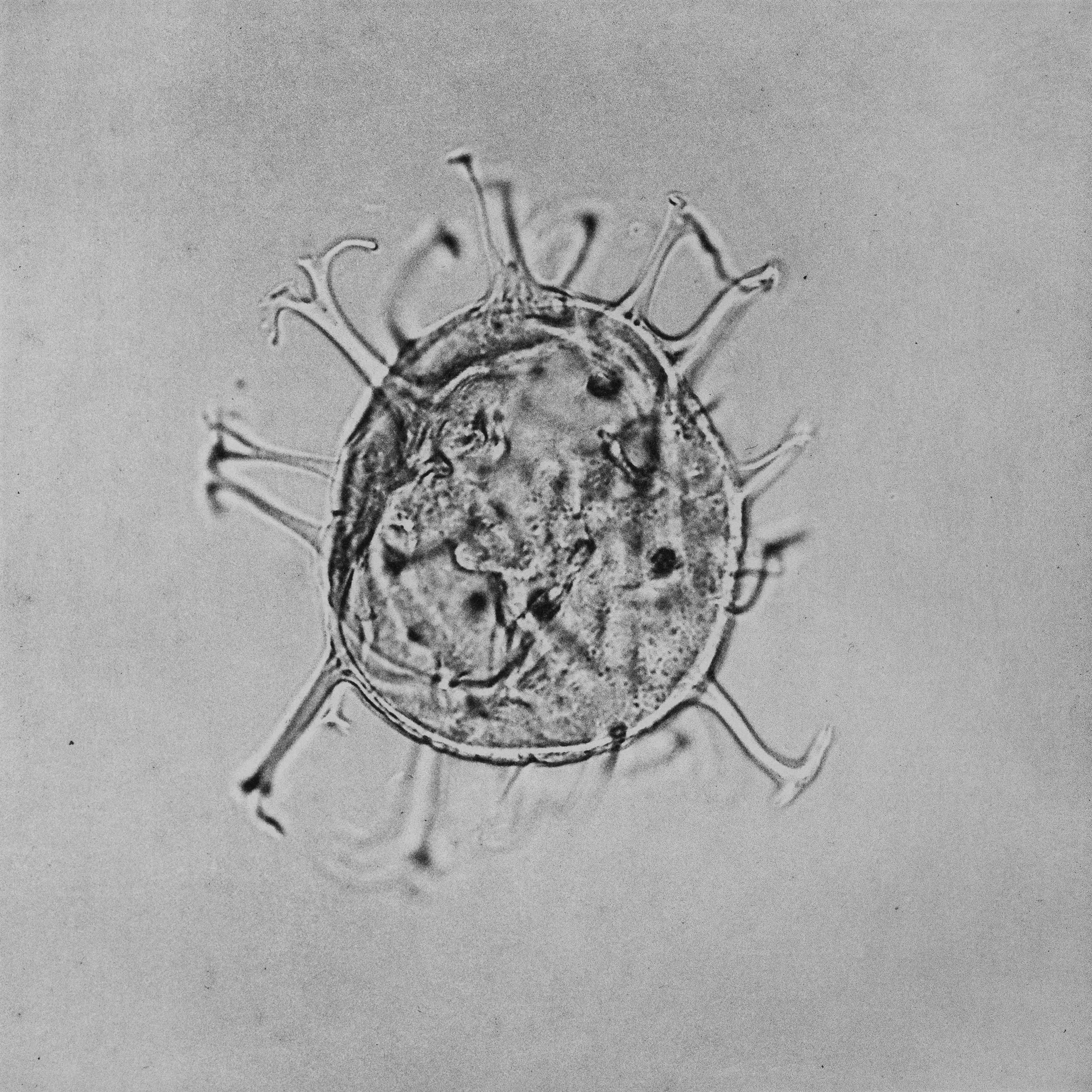Works - Exhibitions - Workshops / Talks - Read / Hear - Shop - About - Bio / CV
Dinoflagellates
How
do 50 million year old microfossils reveal the future of climate change and
rising sea levels?
This project shows dinoflagellates, fossil plankton, collected from the sea bed around Antarctica. 50 million years ago the planet looked completely different; it was much warmer, CO2 concentrations were much higher and there was no ice on the planet. A tropical forest grew on Antarctica and the sea level was approximately 65 m. higher.
Such a climate is hard to imagine, it is analogue to a possible climate in the future, if we use up all fossil fuel of the planet. These microscopic organisms serve as physical ‘evidence’ of the past, as well as an inevitable future, if we keep on using fossil fuels.
This project was done in collaboration with paleontologist Peter Bijl (UU). The polymer prints were made in collaboration with Thomas Ankum.
In March 2020 MIAP Foundation afforded me a grant to pursue a project within the theme ‘The Future of Nature’.
![]()
![]()
This project shows dinoflagellates, fossil plankton, collected from the sea bed around Antarctica. 50 million years ago the planet looked completely different; it was much warmer, CO2 concentrations were much higher and there was no ice on the planet. A tropical forest grew on Antarctica and the sea level was approximately 65 m. higher.
Such a climate is hard to imagine, it is analogue to a possible climate in the future, if we use up all fossil fuel of the planet. These microscopic organisms serve as physical ‘evidence’ of the past, as well as an inevitable future, if we keep on using fossil fuels.
This project was done in collaboration with paleontologist Peter Bijl (UU). The polymer prints were made in collaboration with Thomas Ankum.
In March 2020 MIAP Foundation afforded me a grant to pursue a project within the theme ‘The Future of Nature’.


‘Dinoflagellates’ at WEST END Projekt (NL), 2020
See more
See more



